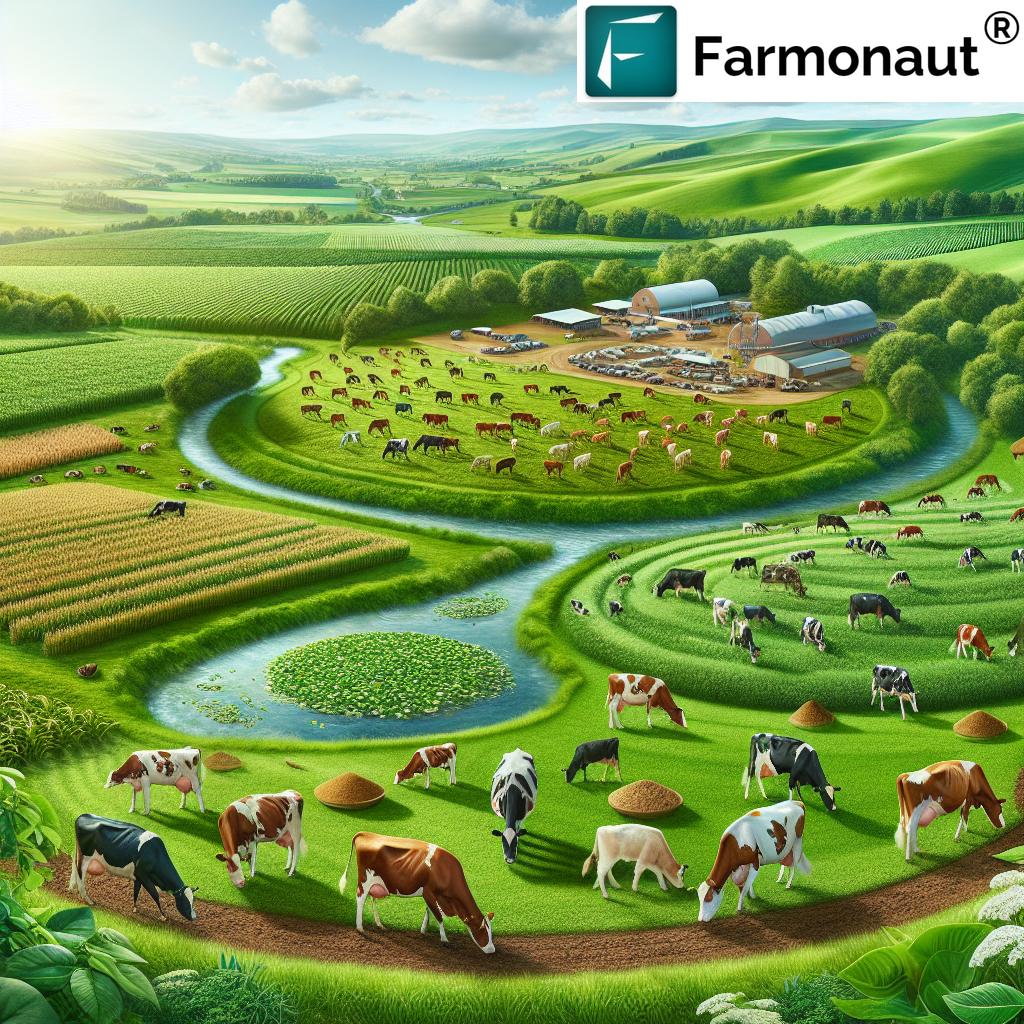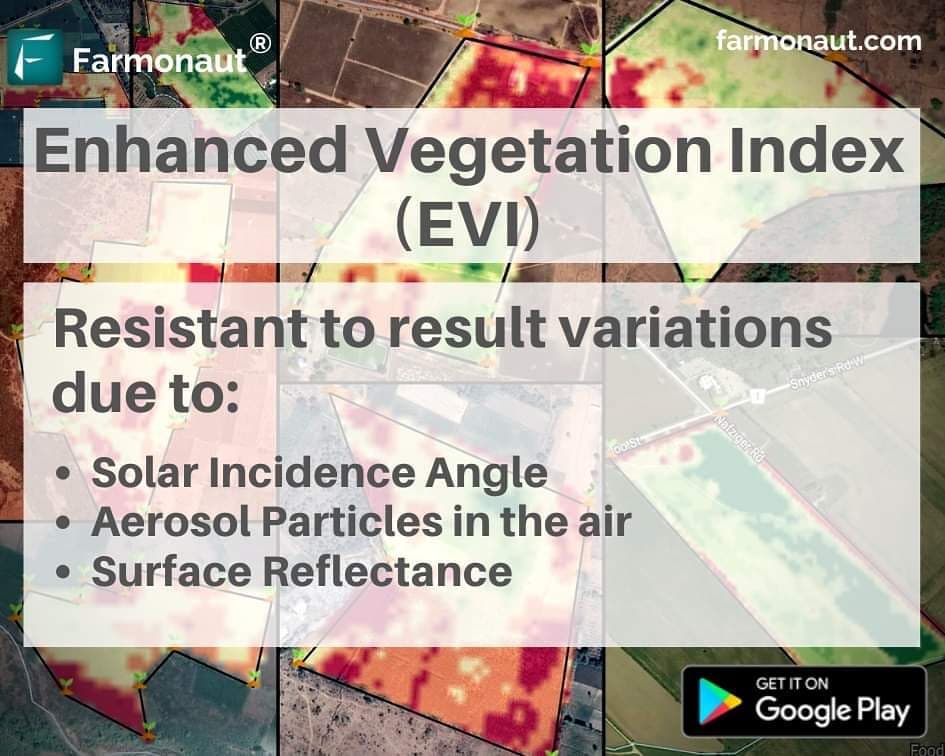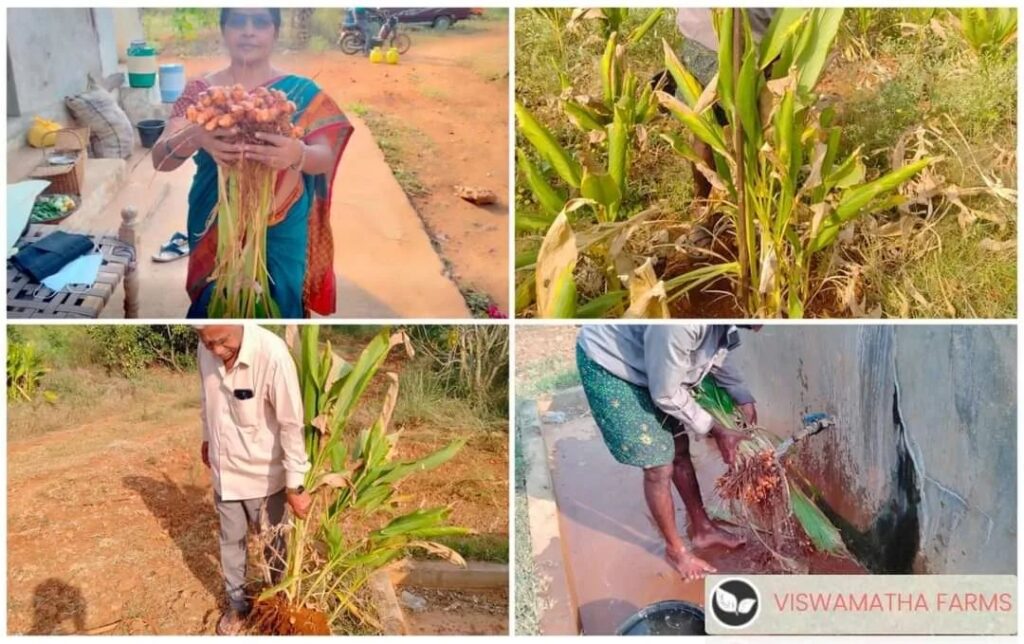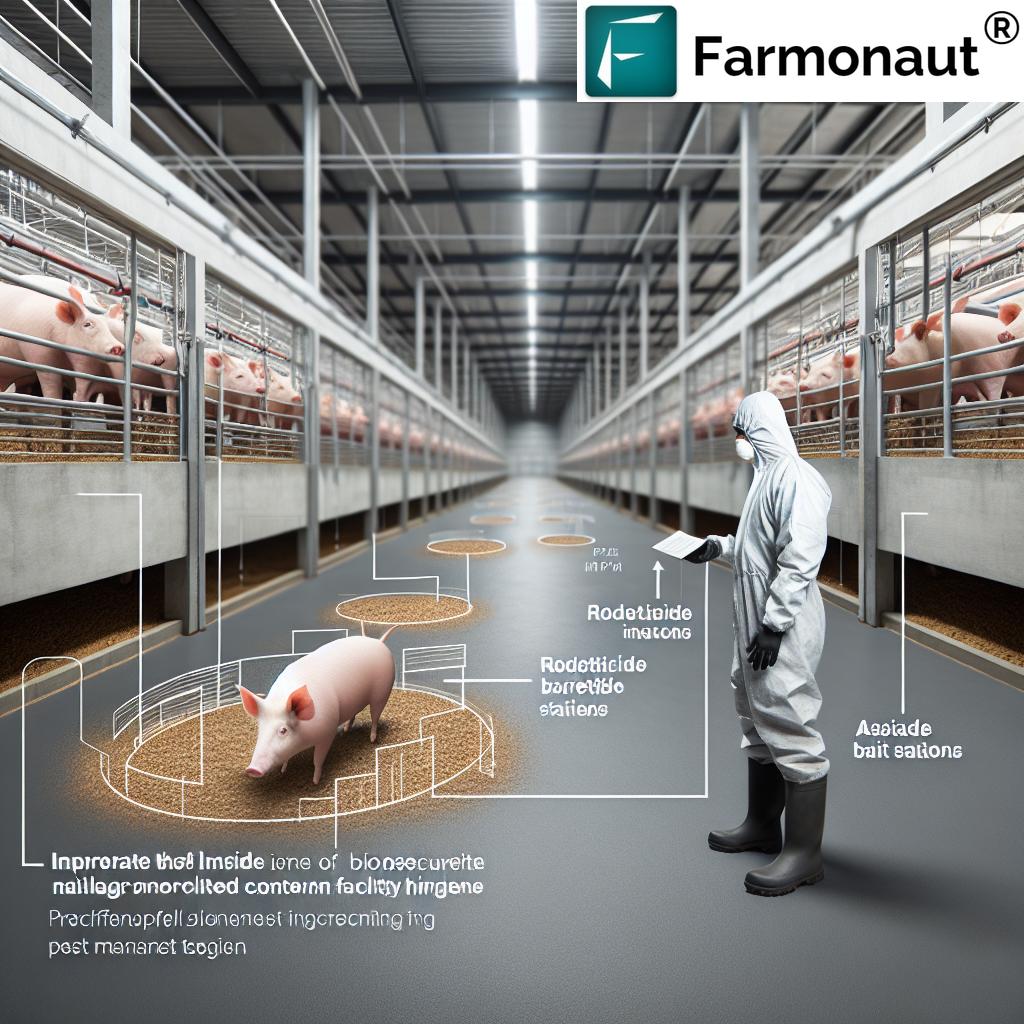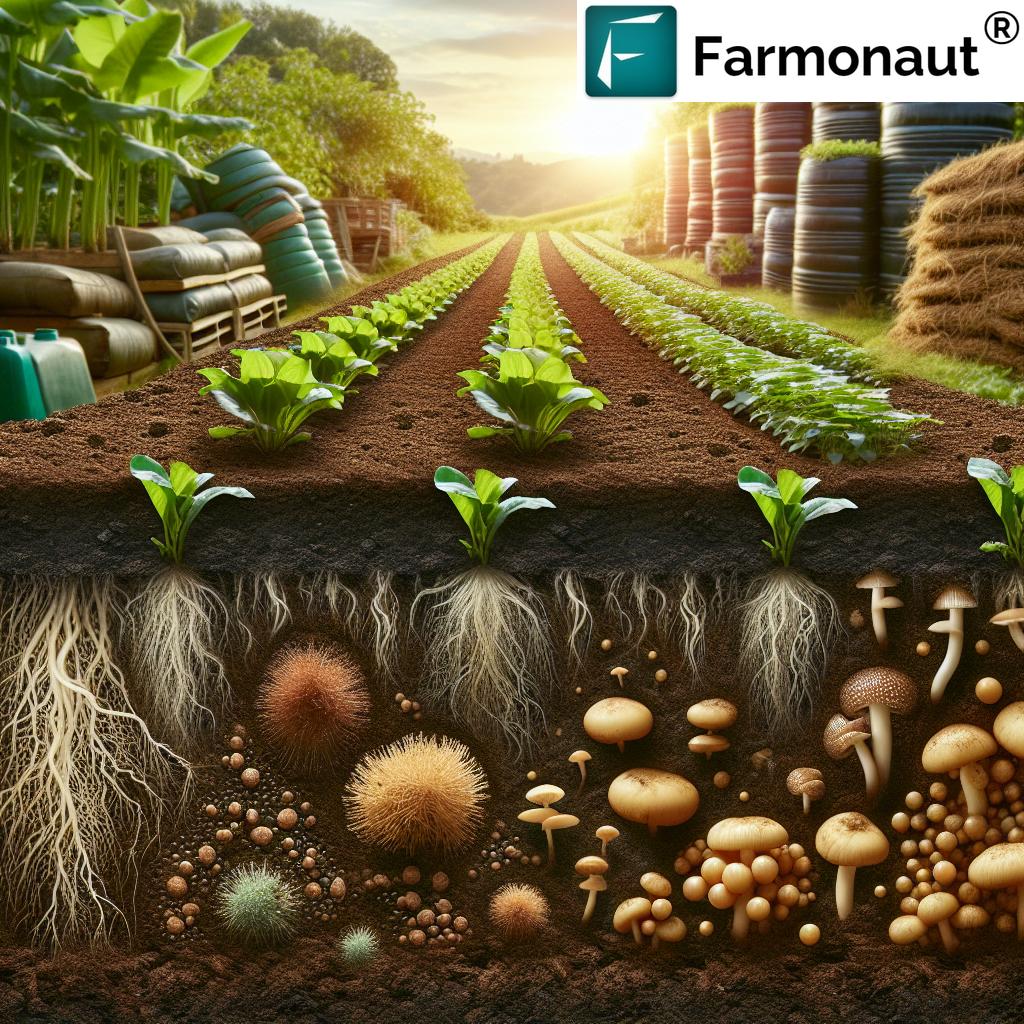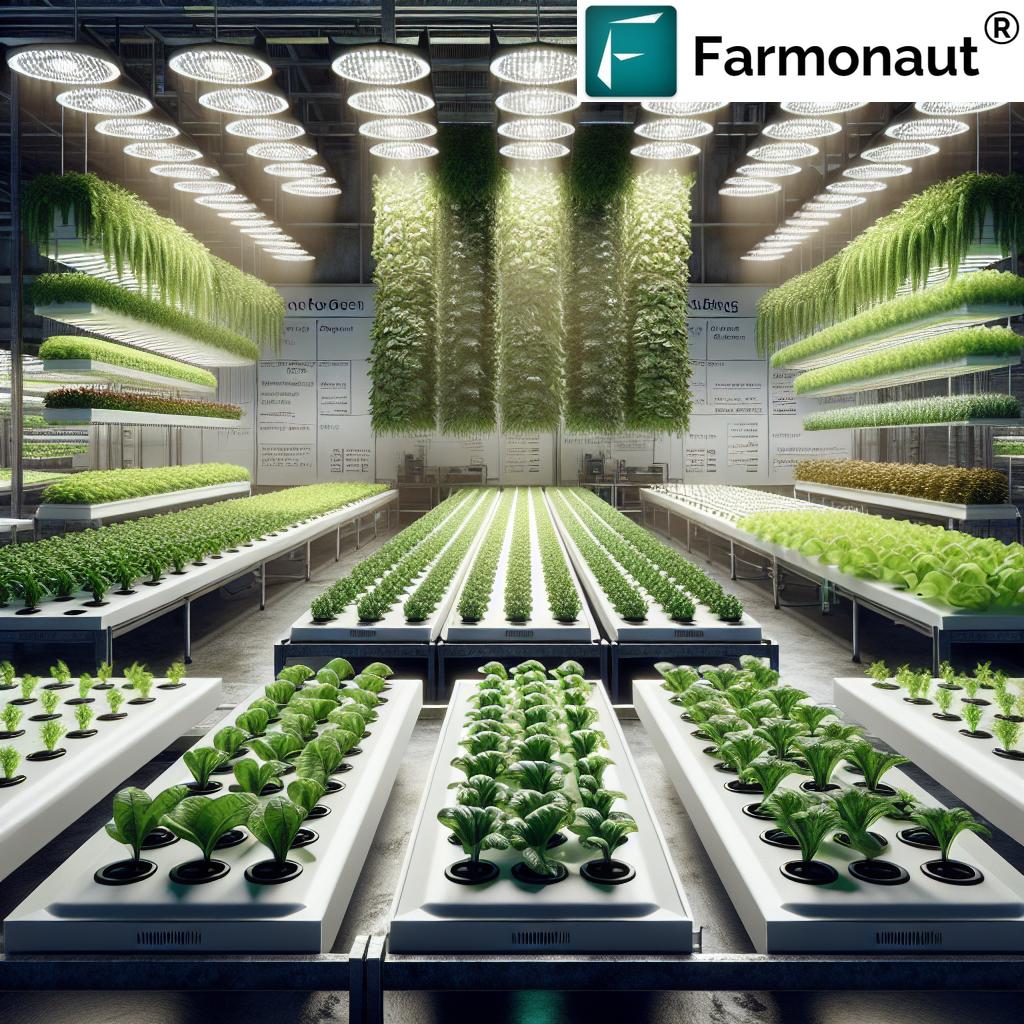Organic Dairy Farming: 7 Key Benefits for Sustainability
“Organic dairy farms can reduce greenhouse gas emissions by up to 30% compared to conventional dairy operations.”
Introduction: Organic Dairy Farming in Focus
Organic dairy farming stands at the crossroads of sustainable agriculture, animal welfare, and climate action. As health, environment, and food quality concerns rise, consumers are rapidly turning their attention to organic milk production. This method shuns synthetic fertilizers, pesticides, and genetically modified organisms (GMOs) in favor of natural processes that maintain soil fertility, enhance animal well-being, and control pests, while aiming to produce milk free from chemical residues and promote the overall farming ecosystem.
Unlike conventional dairy farming, organic systems prioritize sustainability, stewardship of the land, and strict animal welfare standards. In this comprehensive guide, we’ll dive deep into the benefits, challenges, practices, and impact of organic dairy systems, illustrating how such farms can drive the future of sustainable dairy farming.
Why Organic Dairy Matters for Sustainability
Organic dairy farming emphasizes sustainability in every aspect—from how cows are fed and cared for, to how soil fertility is maintained and the environment preserved. By avoiding synthetic chemicals and adopting organic standards, these farms reduce environmental impact, cultivate healthy dairy herds, and supply milk laden with beneficial nutrients—like omega-3 fatty acids—without the chemical residues associated with many conventional systems.
The global demand for organic dairy products reflects a growing awareness of environmental sustainability, nutritional quality, and animal welfare. In regions like Ontario, government agencies and sector experts continue to advocate for organic vs conventional dairy farming, underlining its advantage as an eco-friendly, sustainable, and healthier choice.
“Cows on organic farms spend at least 120 days per year grazing on pasture, promoting animal welfare and soil health.”
Transitioning to Organic Dairy Farming: The Path from Conventional to Organic Status
Transitioning to organic dairy farming is a structured journey, requiring conventional farms to observe specific organic standards and certification requirements. Here’s what the transition entails:
- Cropland Transition: Land must be managed organically with no prohibited substances, such as synthetic fertilizers or pesticides, for at least 36 months before full organic certification can be granted.
- Animal Transition: Dairy herds must be managed organically for a minimum of 12 months before their milk may be sold as “organic.” This includes feeding only organic feed, pasture access, and natural health practices.
- Financial Considerations: The transition period can be financially challenging. Farmers face higher feed costs and may experience a temporary reduction in milk production. Some processors and state programs offer incentives, transition payments, and technical assistance to help adopt organic practices.
Nevertheless, adopting sustainable dairy farming practices sets the stage for long-term ecological and economic benefits, while enabling producers to meet the evolving needs of consumers.
Key Practices in Organic Dairy Farming
To qualify for organic dairy certification requirements, farms must implement rigorous systems that prioritize soil health, animal welfare, and environmental impact.
1. Organic Pasture Based Feeding
Pasture-based feeding is a cornerstone of organic dairy farming. Cows are required daily access to pasture during the grazing season. At least 30% of their dry matter intake must come from grazing. This practice promotes natural behaviors, contributes to milk with higher levels of beneficial nutrients like omega-3 fatty acids, and supports environmental sustainability by maintaining healthy grasslands.
2. Soil Fertility Management
Maintaining soil fertility is critical in organic systems. Farmers employ crop rotation, cover cropping, composting, and other organic methods to reduce erosion, maintain soil structure, improve water retention, and support microbial diversity. These systematic efforts ensure that the soil remains productive, resilient, and free from synthetic chemicals.
For instance, rotations with legumes help to fix nitrogen naturally, while organic compost supports biological processes that boost soil health and fertility.
3. Animal Welfare in Organic Dairy
Animal welfare in organic dairy is non-negotiable. Every aspect, from the size of housing to quality of bedding, is regulated. Organic standards mandate that cows have sufficient space, comfortable bedding (straw, sawdust, wood chips), access to pasture, and a diet that aligns with their natural habits. Continuous total confinement is strictly prohibited.
Organic practices emphasize the well-being and natural behaviors of the cows, resulting in higher animal health and longevity.
4. Preventive Health and Veterinary Management
Preventive healthcare is emphasized in organic dairy farming. Antibiotics and most synthetic chemicals are prohibited. Instead, herds are managed organically using preventive practices: good nutrition, clean housing, regular exercise, and immediate isolation at the first sign of disease. If serious illness occurs, certain restricted medicines may be used, but affected cows lose their organic status temporarily.
Detailed animal health records help manage herd health efficiently, reducing disease risk and enhancing overall system resilience.
7 Key Benefits of Organic Dairy Farming for Sustainability
Why should we invest in organic dairy farming? The advantages extend well beyond the farm gate—benefiting the environment, animal health, and consumers alike. Let’s explore the top 7 proven benefits of organic dairy farming for sustainability.
-
1. Environmental Sustainability
Organic dairy farming promotes sustainable methods by eliminating harmful synthetic chemicals and focusing on natural systems. Through practices like composting, cover cropping, and reduced tillage, organic farms protect soil health, reduce erosion, prevent water pollution, and conserve biodiversity. By maintaining healthy soils and pastures, organic systems require less irrigation and better sequester carbon, contributing to lower greenhouse gas emissions compared to conventional dairy farming.
-
2. Enhanced Animal Welfare
Animal welfare in organic dairy is a pillar of certified organic systems. Cows benefit from more space, daily access to pasture, fresh air, and a diet that mirrors their natural grazing habits. This environment reduces stress, improves health outcomes, and lengthens both productivity and life expectancy of the herd.
-
3. Healthier Milk: Increased Beneficial Nutrients
Organic milk production typically leads to higher concentrations of omega-3 fatty acids, certain vitamins, and antioxidants. Cows with regular pasture access produce milk with more beneficial fatty acids and lower levels of undesirable fats. This results in healthier milk products for consumers—making organic dairy a preferred choice for those seeking optimal nutrition.
-
4. Reduced Chemical Exposure
Organic vs conventional dairy farming reveals striking differences in chemical residues. Organic practices avoid the use of prohibited substances—including pesticides, synthetic fertilizers, GMOs, and growth hormones. This directly reduces chemical residues in milk, feed, and the environment, producing a cleaner, safer final product.
-
5. Promoting Biodiversity and Soil Health
Organic farming enhances biodiversity: diverse pasture plants, crop rotations, and limited pesticide use foster beneficial insects, birds, and soil microbes. Healthy soils boost nutrient cycling and water retention, while resilient fields better withstand disease and climate variability.
-
6. Climate Action: Carbon Footprint Reduction
Organic dairy farms employ sustainable dairy farming practices that can reduce greenhouse gas emissions by up to 30% compared to conventional methods. Improved manure management, increased carbon sequestration, and a balanced ecosystem further strengthen the climate resilience of organic systems. Explore Farmonaut’s Carbon Footprinting solution for actionable tools to monitor and minimize agricultural emissions. This tool allows users to track the carbon footprint of their operations and implement measures that benefit both the environment and farm profitability.
-
7. Supply Chain Transparency & Consumer Trust
Organic dairy is subject to rigorous certification and traceability requirements. Premium organic brands use blockchain technology for product traceability, offering consumers confidence in the provenance and authenticity of their milk products. Farmonaut’s blockchain-based traceability platform empowers agri-supply chains with end-to-end product verification, making food systems safer, more transparent, and resistant to fraud.
These benefits of organic dairy farming collectively reinforce why this approach is gaining ground among farmers, health advocates, and climate-conscious consumers globally.
For seamless integration of real-time satellite and weather data into your traceability or farm management systems, visit the Farmonaut API and view the comprehensive API Developer Docs.
Enhance your organic dairy fleet logistics and reduce operational costs with Farmonaut Fleet Management.
If you’re looking to modernize large-scale dairy farm operations, discover the Farmonaut Large-Scale Farm Management suite that enables efficient management across multiple locations.
Conventional vs. Organic Dairy Farming: A Comparison Table
A clear understanding of organic vs conventional dairy farming can be found in the following table, highlighting essential differences, sustainability impacts, and keyword-targeted insights.
| Aspect | Conventional Dairy Farming* | Organic Dairy Farming* | Sustainability Impact |
|---|---|---|---|
| Feed Type | Mixed: conventional forage + grains (often GMO or chemically treated) | Organic forage & grains (GMO and chemical-free); 30%+ DM from pasture | Supports natural grazing, reduces chemical inputs, increases biodiversity |
| Antibiotic Use | Frequent, both preventively and therapeutically | Prohibited, except for isolated emergencies (loss of organic status) | Promotes antibiotic stewardship and healthier herds |
| Animal Welfare Standards | Minimum legal standards; some confinement common | Strict standards: access to pasture, bedding, more space | Improved well-being, natural behaviors, animal health |
| Greenhouse Gas Emissions (kg CO₂e/liter of milk) |
1.3 – 1.6 (higher due to fertilizer, feed, machinery) |
0.9 – 1.1 (lower from pasture, composting) |
30% lower emissions; positive for climate goals |
| Biodiversity Support | Limited — monocultures, few rotations, chemical use | Encouraged — rotational grazing, diverse pasture plants | Boosts wildlife, pollinators, and ecosystem resilience |
| Soil Health | Declines over time; compacted, fewer microbes | Maintained & regenerated via organic methods | Supports productivity, water retention, and sustainability |
| Milk Nutrient Content | Standard omega-3 and antioxidant levels | Higher omega-3, antioxidants, Vitamin E | Healthier products for consumers |
*Estimated values, subject to regional variation.
Challenges in Organic Dairy Farming
While organic dairy farming is an eco-friendly and sustainable farming method with numerous benefits, it comes with its own challenges that require careful attention from farmers, processors, and policymakers.
- Higher Production Costs: Organic milk production costs exceed conventional costs—mainly due to more expensive organic feed, labor, and pasture management. Profitability depends on premium product prices and efficient resource use.
- Lower Milk Yields: Organic herds may experience lower yields in the early stages due to transitioning processes and the absence of growth enhancers.
- Strict Certification and Record Keeping: Organic dairy certification requirements are strict and can be complex to navigate. Meticulous records of soil management, animal health, and inputs used are essential.
- Pest, Weed, and Disease Management: Without conventional chemical solutions, organic farms must rely on multi-pronged, organic-approved systems—like rotations, beneficial insects, and mechanical control.
Overcoming these hurdles is possible with excellent planning, use of innovative technologies, and support programs that help farmers adapt to sustainable dairy farming practices. Farmonaut’s crop health monitoring and AI-driven advisory systems can equip organic dairy producers with up-to-date insights for better on-farm decisions.
Economic Considerations in Organic Dairy Systems
Organic milk frequently commands a premium price in the market, often making organic dairy farming more profitable—provided farms can overcome higher costs and stringent certification hurdles.
- Premium Pricing: Consumers are willing to pay more for milk that is free from chemical residues and produced with sustainable practices.
- Access to Specialized Markets: Accredited organic dairies can access specialized supply chains, exports, and branding opportunities.
- Transition Incentives: State programs, processors, and NGOs may provide transition payments and technical assistance to offset initial costs.
- Risk Management: With tools like Farmonaut’s Crop Loan & Insurance Verification platform, organic dairy farmers can access easier farm loans and insurance claims, thanks to satellite-based verification.
The economic viability of organic dairy farms depends on efficient resource use, access to information (like Farmonaut’s crop health monitoring), and the ability to navigate the complexities of transitioning and ongoing certification.
How Farmonaut Supports Sustainable Dairy Farming
At Farmonaut, we are dedicated to empowering farmers worldwide—including organic dairy producers—by providing accessible, affordable, and data-driven technology. Our ambitions align closely with sustainable agriculture and the greater goals shared within the organic dairy community.
- Satellite-Based Crop Health Monitoring: We offer real-time remote sensing on soil health, pasture condition, and vegetation. This helps farmers make data-backed choices about grazing, irrigation, pest management, and fertilizer usage, directly supporting organic standards.
- AI Advisory & Precision Management: Our Jeevn AI tool gives tailored, practical recommendations for improving yields in organic grazing systems—supporting decision-making around organic feeding, animal health, and disease prevention.
- Blockchain Traceability: Ensuring the full journey of organic milk products is tracked and trusted is possible on our transparent blockchain platform.
- Carbon Footprint Tracking: Accurate carbon monitoring and reduction strategies are at your fingertips, critical for any dairy aiming at genuine environmental sustainability.
- Fleet and Resource Management: Our digital Farmonaut Fleet Management platform can optimize logistics on organic dairies.
Our technologies—accessible via Android, iOS, web, and API—level the playing field for organic farmers everywhere.
Ready to join the future of sustainable dairy?
Visit the Farmonaut Web App to start your precision farm management journey.
Looking for expertise in crop plantation or forest advisory? Our Crop Plantation & Forest Advisory tools support sustainable practices that benefit organic and conventional farmers alike.
FAQ: Organic Dairy Farming
- Q: What is the main difference between organic and conventional dairy farming?
A: Organic dairy farming avoids synthetic pesticides, fertilizers, and GMOs, and emphasizes animal welfare, environmental sustainability, and natural processes. Conventional farming often relies on chemical inputs and may permit routine use of antibiotics and synthetic feed additives. - Q: Is organic milk really healthier?
A: Organic milk generally has higher omega-3 fatty acids and antioxidant levels due to pasture-based feeding and chemical-free systems. - Q: Do organic dairy farms produce less milk than conventional ones?
A: Yes, organic systems often have slightly lower yields, especially during transition, due to the absence of growth stimulants and stricter feeding standards. - Q: Are organic dairy products worth the extra cost?
A: The higher price reflects the added expense of natural feed, pasture maintenance, strict certification, and enhanced animal welfare practices. - Q: How do organic farms control pests and diseases?
A: Through preventive health management, crop rotations, beneficial insects, and mechanical weed control, as chemical pesticides are prohibited. - Q: Can small farms transition to organic dairy?
A: Absolutely—many small and medium-sized dairies successfully transition with the support of technical advice and incentive programs. - Q: How does Farmonaut help organic dairy farms?
A: We provide real-time crop health and resource management through satellite imagery, AI, and traceability tools, supporting farmers to maintain certification and sustainability.
Conclusion: The Future of Organic Dairy
Organic dairy farming stands as a powerful mechanism for sustainable milk production—delivering high-quality, nutrient-rich products while caring for our ecosystem and raising animal welfare standards. Although challenges exist in terms of costs, management, yields, and certification, the benefits of organic dairy farming—environmental protection, animal well-being, transparency, and consumer health—are profound.
With rising demand for organic milk and sustainable dairy products, farmers, supply chains, and consumers must work together to keep advancing this sustainable method. Leveraging real-time technology from providers like Farmonaut can take organic dairy management to the next level—increasing efficiency, enabling compliance, and promoting transparency in food systems.
The future of dairy is organic, sustainable, and technology-driven. Let’s make it happen—for our health, our planet, and generations to come.


